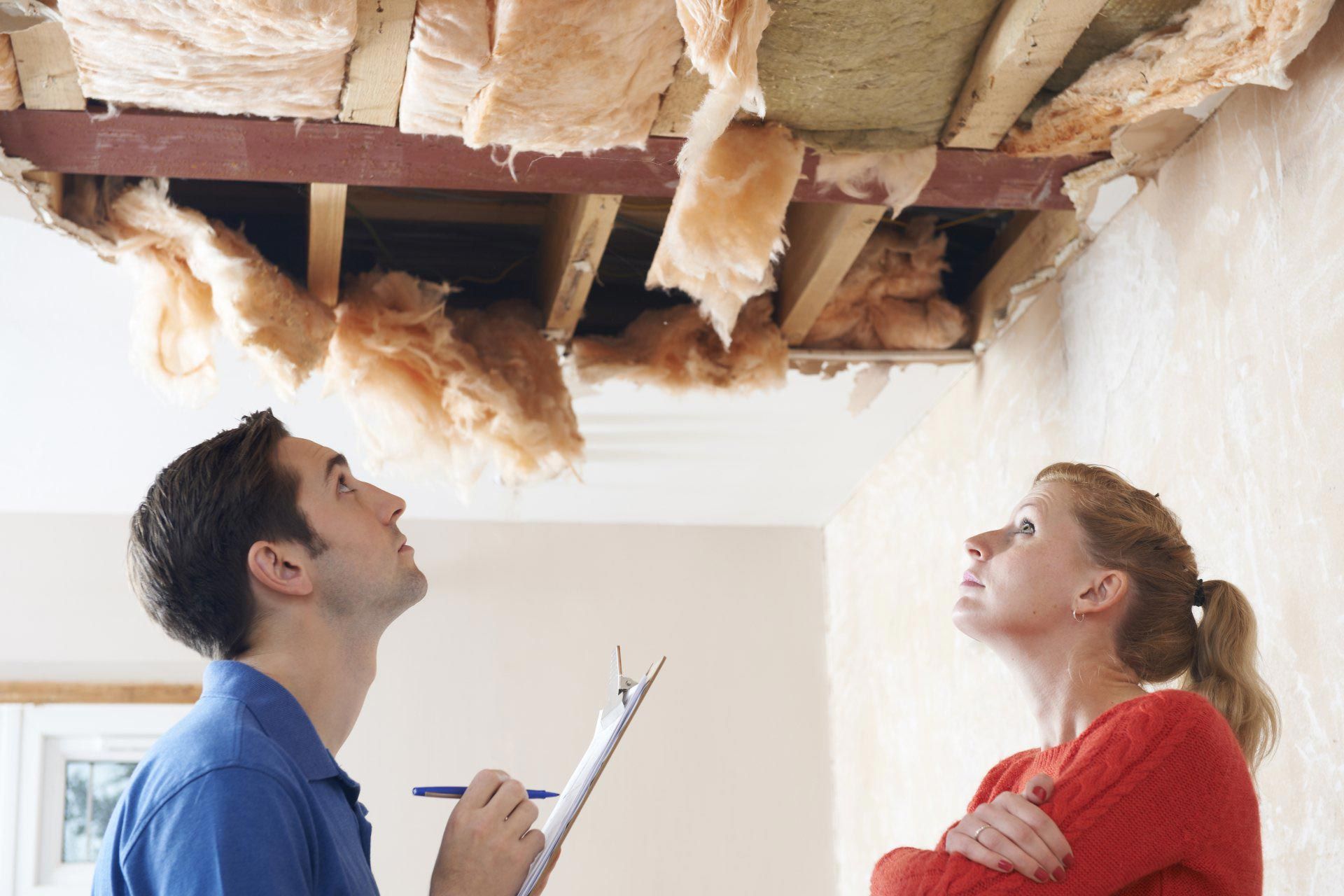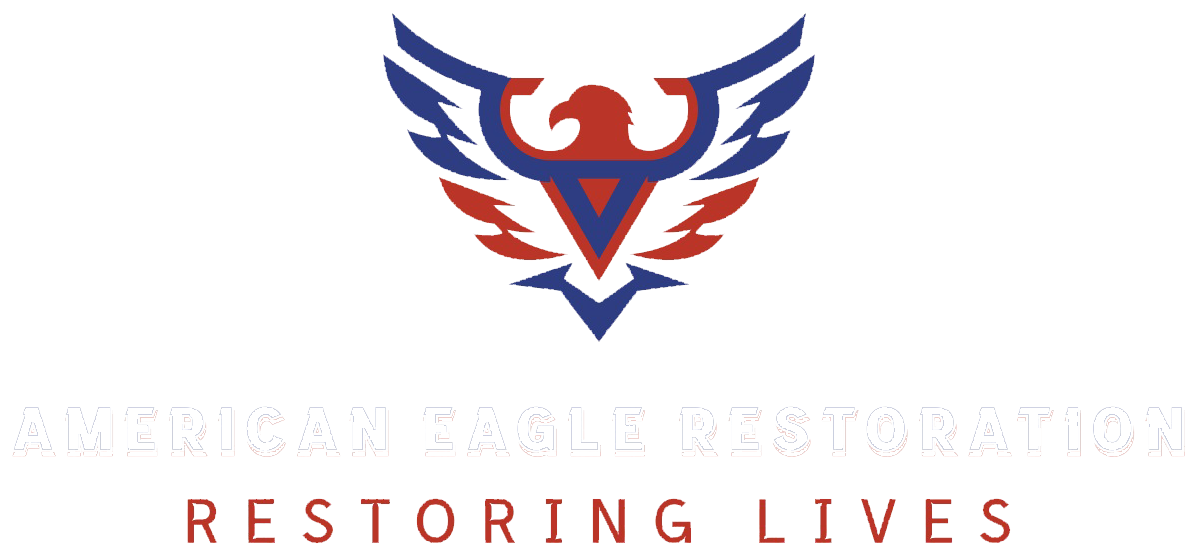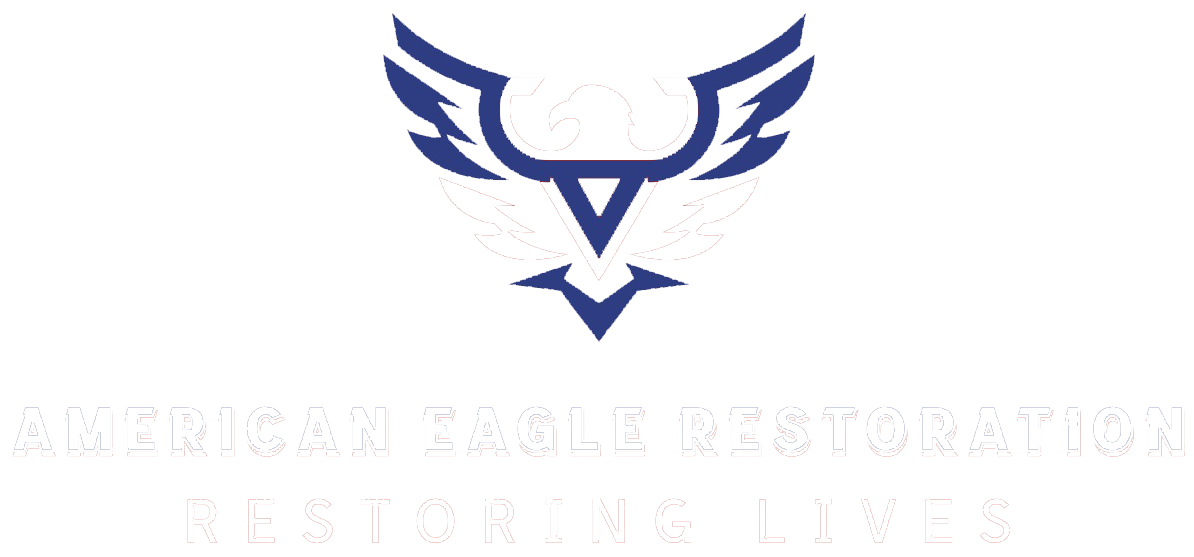Where to Look for Warning Signs of White Mold in Your Home and What to Do to Remove It Effectively
There is a possibility that white mold may sneak into your house without your knowledge, presenting a risk to both your health and the structural integrity of your property. Despite the fact that white mold is not as well-known as black mold, it is just as crucial to identify and treat it before it becomes a significant problem.
Within this all-encompassing guide, we will walk you through the definition of white mold, how to recognize it, and most importantly, the steps you can take to avoid and eradicate it, ensuring that your house and family are exposed to a healthy atmosphere.
Do you know exactly what white mold is?
White mold, like other types of mold, flourishes in regions of your house that are damp and rich in moisture resources. The look of this substance is often described as being fuzzy or powdery, and it is easy to confuse it with efflorescence, which is a harmless mineral deposit that may sometimes occur on brick surfaces.
Nevertheless, in order to ensure that the treatment is effective, it is necessary to differentiate between efflorescence and white mold. Some of the ways in which the two may be differentiated are as follows:
Differences in Appearance:
- White mold is asymmetrical and can grow over a variety of surfaces, including wood, drywall, cloth, and organic materials. It has a powdery or fuzzy appearance and tends to penetrate fabrics.
- Efflorescence, on the other hand, is crystalline or powdery in appearance and is commonly seen on structures made of stone, brick, or concrete. It is a mineral deposit left behind after water evaporates.
Location inside Your Home:
- White mold is typically found in dark, damp, and poorly ventilated areas like basements, attics, bathrooms, and regions affected by leaks.
- Efflorescence usually appears on mineral-based surfaces such as brick, stone, or concrete, particularly in areas exposed to moisture like basement walls or outdoor surfaces.
Texture and Removal:
- White mold has a velvety or soft feel and can be difficult to remove, especially if it has penetrated a porous material.
- Efflorescence is only a surface coating and can be easily brushed away. However, it will reappear if moisture problems persist.
A musty, damp odor is a telltale sign of white mold, while efflorescence is generally odorless unless there are major moisture issues.
Test: To determine whether you are dealing with efflorescence or white mold, apply water to the material. If it dissolves, it is likely efflorescence; if it persists, mold is the likely culprit. For expert assistance, contact American Eagle Restoration for a comprehensive evaluation.
To What Extent Is White Mold Dangerous?
Although white mold is generally less hazardous than black mold, it can still cause significant health problems. White mold produces spores that can exacerbate respiratory conditions such as asthma and allergies when inhaled. Certain types of white mold even produce mycotoxins, toxic substances that can lead to long-term health concerns if not properly addressed.
Common Symptoms of White Mold Exposure:
- Respiratory Issues: Breathing in mold spores may cause wheezing, shortness of breath, or chronic coughing. Those with conditions like asthma are at higher risk for severe reactions.
- Allergic Reactions: Mold allergies may trigger symptoms like itchy or watery eyes, sneezing, runny or stuffy nose, and throat discomfort.
- Skin Reactions: Physical contact with white mold can lead to rashes, redness, and itching.
- Headaches and Fatigue: Long-term exposure to mold can result in disrupted sleep, leading to chronic fatigue and headaches.
- Cognitive Impacts: Mold exposure may impair memory and concentration.
- Worsening of Asthma: Those with asthma may experience more severe or frequent attacks.
If you notice any of these symptoms and suspect mold growth in your home, consult a medical professional and a mold remediation expert, such as American Eagle Restoration, to address the root cause.

Can You Live in a Home with White Mold?
Mold in your home can negatively affect air quality and pose health risks. Small mold spots may seem manageable, but ignoring them can lead to more serious issues. Mold often indicates underlying moisture problems, which, if not fixed, will cause mold to reappear even after surface cleaning.
Should You Try to Remove White Mold on Your Own?
For small, contained mold growth, a DIY approach may be effective, but larger infestations should always be handled by professionals. If you opt to tackle it yourself, follow these safety precautions:
- Containment: Prevent the spread of spores by sealing off the affected area with plastic sheeting and tape.
- Ventilation: Ensure proper airflow in the room before starting.
- Personal Protection: Wear gloves, a mask, and safety goggles to avoid contact with the mold.
- Cleaning: Scrub surfaces using a mixture of soap and water or a mold-specific cleaner. Avoid mixing chemicals like bleach with other cleaners.
- Non-Porous Surfaces: Use a brush to clean non-porous surfaces, but for porous materials like wood or drywall, a professional inspection may be necessary.
- Disposal: Dispose of heavily contaminated items by wrapping them in plastic and discarding them safely.
- Address Moisture: Fix leaks or humidity problems to prevent mold recurrence.
For extensive mold infestations or ongoing health issues, contact professionals like American Eagle Restoration to ensure thorough and safe mold removal.
Why Professional Mold Remediation is Necessary
While DIY solutions may seem appealing, they rarely address the full scope of mold problems, particularly when mold is hidden in walls or beneath floors. Professional mold remediation services, like those provided by American Eagle Restoration, offer a comprehensive approach for several reasons:
- Expert Knowledge: Professionals can assess the extent of mold growth and find hidden mold in places you might not consider.
- Advanced Tools: Mold remediation experts use specialized equipment like HEPA filters, negative air machines, and industrial-strength cleaning solutions to eliminate mold and prevent it from returning.
- Cross-Contamination Prevention: Professionals take steps to prevent mold from spreading to unaffected areas through proper containment and handling techniques.
- Compliance with Regulations: Reputable companies follow industry standards set by the EPA and IICRC to ensure a safe and effective restoration process.
Final Thoughts
White mold is a serious issue that, if left unchecked, can impact both your health and your home. Recognizing the early signs of mold growth and addressing the root causes, such as excess moisture, is essential for maintaining a safe and healthy living environment.
If you need expert help identifying and removing white mold, contact American Eagle Restoration today. Our team of mold remediation specialists is ready to help restore your home to a mold-free, safe state. Learn more about the services we offer at American Eagle Restoration.
ARTICLE AUTHOR:
American Eagle Restoration
rican Eagle Restoration provides fast, effective vandalism and graffiti cleaning services. Restore your property’s appearance and protect it from future damage with our expert solutions.
Leave a Reply
— Search
— Reqest a Project Estimate
Blog - Website Form
We will get back to you as soon as possible.
Please try again later.
— CONTACT US
LET'S TALK
Contact Us
We will get back to you as soon as possible.
Please try again later.
We specialize in restoring and revitalizing properties with expert craftsmanship, advanced techniques, and a customer-first approach.
QUICK LINKS
Services
All Rights Reserved | American Eagle Restoration



